AUSTRIA’S BURGENLAND WINE REGION
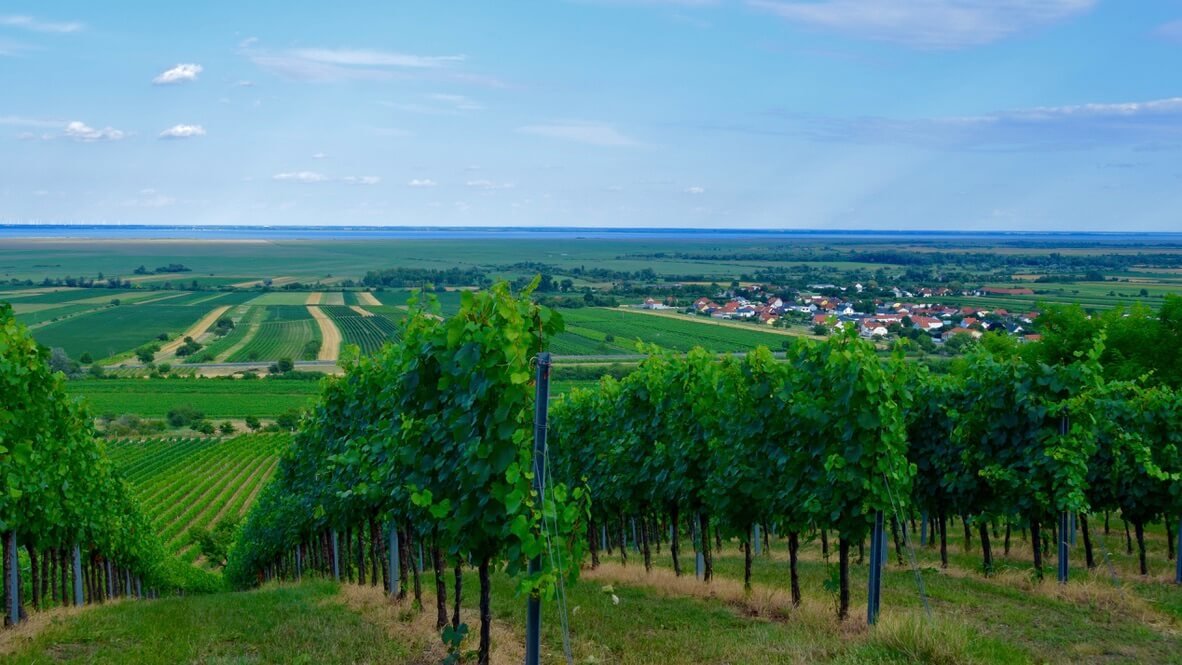
Burgenland Neusiedlersee
Photo source: Winekeller
Our wine travel experiences in Austria’s Burgenland wine region:
Austria’s Burgenland wine region: an introduction
Burgenland Austria is the country’s easternmost and smallest province in terms of population and can be reached in just over an hour from Vienna. The capital city of Burgenland is Eisenstadt.
Burgenland has a strong history of viniculture and today, being Austria’s warmest region, is especially known for its amazing red wines, in particular the Blaufränkisch variety. With 300 days of sunshine, Burgenland is a fabulous wine tourism destination, with lots of castles, palaces, museums and beautiful natural landscapes to discover, including the UNESCO World Heritage site, Lake Neusiedl - or Neusiedlersee - a very popular holiday destination for Austrians.
Is Burgenland Austrian or Hungarian?
This is still a common question as Burgenland only became part of the Republic of Austria in 1921, formerly it was part of the Kingdom of Hungary. Today, there is still evidence of its Hungarian history, in terms of culture, traditions and language and the influence and footprints left by the Esterházy and Habsburg families of Middle Europe.

The stunning nature at Lake Neusiedl - Seewinkel National Park
Source: Winekeller
Burgenland wine
Today the Burgenland wine region represents approximately one third of the vines across all of the Austrian wine regions and produces a wide range of dry white wines, but it's particularly known for its fine, botrytised (noble rot) sweet wines and its opulent red wines.
Much of Burgenland wine is produced under the general ‘Burgenland’ appellation and the rest under the specific DAC requirements - Eisenberg DAC, Leithaberg DAC, Mittelburgenland DAC, Neusiedlersee DAC, Rosalia DAC, Ruster Ausbruch DAC.
Burgenland grape varieties
Burgenland is home to traditional Austrian grape varieties, but it also has success with popular international varieties including Chardonnay, Pinot blanc and Sauvignon. The Austrian varieties which are particularly prominent include the white Welschriesling and for reds, Blaufränkisch and Zweigelt. Innovative Burgenland winemakers have helped give greater prominence to the Burgenland wine region through the planting of international varieties and the production of powerful red cuvée blends.
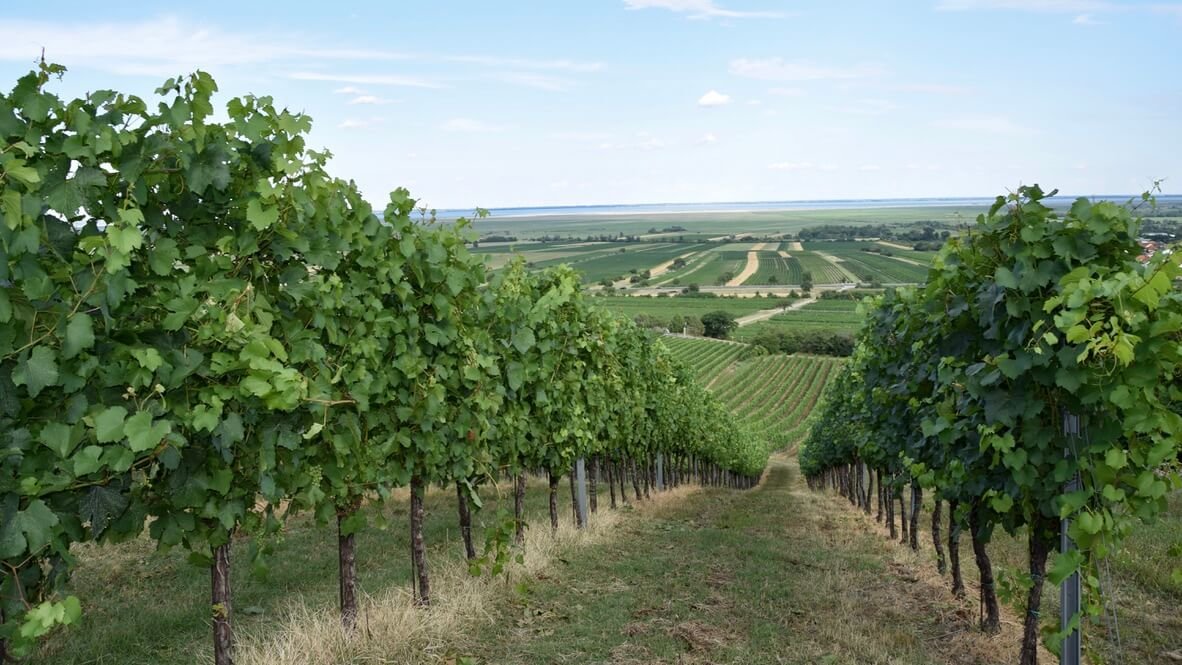
The vineyards of Burgenland
Source: Winekeller
Burgenland Austria map (Source: Austrian Wine)
The Burgenland wine region can be roughly divided as follows, each with its own distinctive characteristics:
Neusiedlersee in the north-east
The Burgenland Neusiedlersee sub-region is on the northern and eastern sides of popular Lake Neusiedl. The land here is very flat and the shallow lake is ringed with reeds, making this superb terroir for botrytis (noble rot) grapes, with the damp autumn mists such a feature here.
These special grapes produce delicious, world-class sweet wines (especially in the Seewinkel region around the wine village of Illmitz, to the south which has a unique microclimate). The main grape varieties used for Neusiedlersee wines are Welschriesling & Chardonnay for white wines and Zweigelt, Blaufraenkisch &St. Laurent for the reds. The DAC here is Neusiedlersee DAC.
Neusiedlersee-Hügelland in the west
Neusiedlersee-Hügelland is on the western side of the lake. Here the vineyards running alongside the lake are protected by a line of hills known as the Leithaberg and this area produces some excellent red wines. On this side of the lake is the beautiful lakeside town of Rust, seen as the most charming of the Burgenland towns. Rust is the home of red wines as well as the most historically famous Burgenland wine, a fabulous sweet wine known as ‘Ruster Ausbruch’. The principal grape varieties on the western side of Lake Neusiedl are Blaufränkisch, St. Laurent, Pinot blanc, Chardonnay and very specific to Rust, a grape called Furmint. The DACs here are the Leithaberg DAC and the Ruster Ausbruch DAC.
Mittelburgenland
Mittelburgenland in the centre of the region is influenced particularly by the hot, continental Pannonian climate and as such is the hottest part of Burgenland. It is also known as “Blaufränkischland”, due to it being Austria's key wine-growing region for this grape variety. In addition to having the ideal climate, the Mittelburgenland loam soils are ideal for growing Blaufränkisch grapes and also Zweigelt, Cabernet sauvignon and Merlot.
Blaufränkisch wine production in Mittelburgenland is centred around 4 districts: Deutschkreutz, Horitschon, Neckenmarkt and Lutzmannsburg, close to the Hungarian border. The DAC here is the Mittelburgenland DAC.
Rosalia
The small Rosalia wine growing region lies between Mittelburgenland and Leithaberg, west of Lake Neusiedl. The Rosalia DAC was created in 2018 and produces powerful, spicy reds, as well as rich, fruity rosé wines, based on Blaufränkisch and Zweigelt grapes.
Eisenberg (previously known as Südburgenland) in the south
Blaufränkisch also dominates southern Burgenland, but the style here is lighter and more spicy than in Mittelburgenland, due to the high iron content in the soils. There is also a growing concentration of white wine production here, mainly Welschriesling, Pinot blanc and Chardonnay. The DAC here is the Eisenberg DAC.
Mittelburgenland vineyards
Eisenberg vineyards
Taste wines at the Vinothek in Gols
Local Burgenland cuisine
Burgenland- Travel guide and other useful information
As we said earlier the Burgenland wine region is a superb wine tourism destination. The welcome is friendly, the sun shines a lot, there’s lots to see and do - something for everyone - and the food and wine culture is fantastic!
Where to stay in Burgenland
There’s a huge choice of places to stay in Burgenland and no shortage of accommodation, whatever your preference or budget.
In terms of where you stay, the region’s capital Eisenstadt is a good, central option. If you wish to explore Lake Neusiedl, then the village of Neusiedl, situated at the top of the lake offers easy access to both the western and eastern shores. The lovely town of Rust provides a fabulous location to be based on the western side, and Gols or Illmitz are great locations for discovering the sweet wines of Burgenland!
If you fancy trying Mittelburgenland’s red wines, as well its thermal spas, then base yourself in any of the 4 districts mentioned above!
Spend just one night in a Burgenland ‘card partner accommodation’ and you will receive the Burgenland card which provides lots of free and discounted services and attractions!
Where to eat
Enjoy traditional (hot and cold) Burgenland food, wine and hospitality in a local heuriger or Buschenschank - great, honest food and wine, delivering excellent value. There’s also no shortage of top, award-winning restaurants.
Lake Neusiedl at night
The famous Rust storks!
Traditional Burgenland wine cellars
Esterházy Palace, Eisenstadt
What to do in Burgenland
Spend time at Lake Neusiedl
Lake Neusiedl is the largest ‘steppe lake’ in Central Europe. It’s incredibly shallow - and therefore warm - at an average of 1 metre deep and is an oasis of tranquillity with stunning scenery and lots of beaches for relaxing, sunbathing and enjoying the excellent range of bars and restaurants around its shores. It also offers lots of water sports opportunities (especially great for windsurfing) and the opportunity to appreciate the lake by foot or by bike on the many trails around the lake.
Discover Eisenstadt
Don’t miss a chance to experience the lovely town of Eisenstadt, home to the Esterházy princes as well as Joseph Haydn who worked as a conductor and composer here for over 30 years. Visit the stunning, baroque Esterházy Palace.
In addition to water sports, there lots of hiking trails and cycling trails to explore, nature and nature parks to enjoy, thermal baths and spas to experience and a wealth of cultural activities, including visiting the historic castles and palaces of Burgenland’s rich past.
For more information and ideas visit ‘Burgenland’.




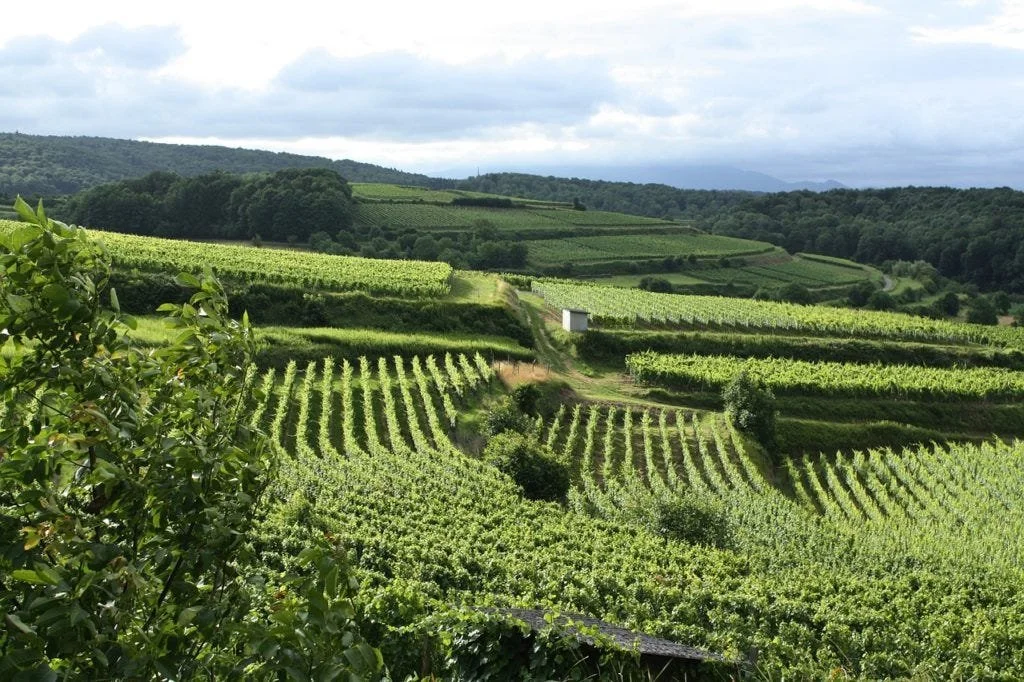
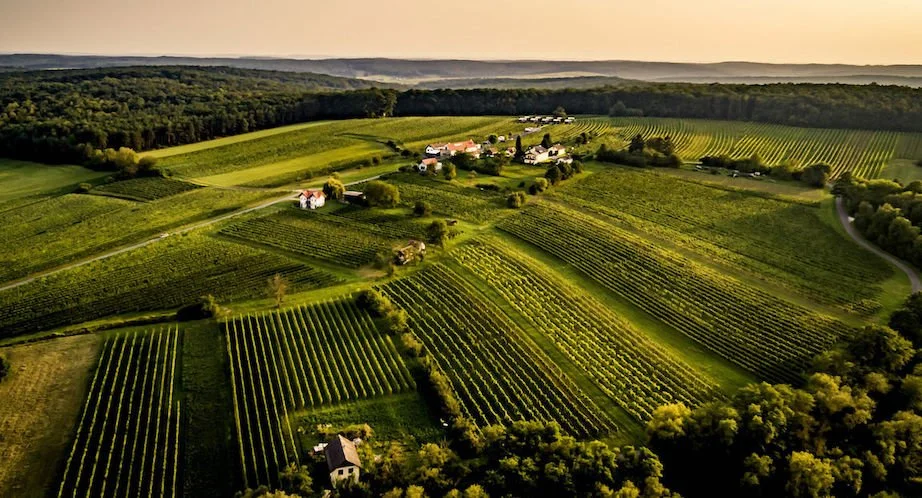
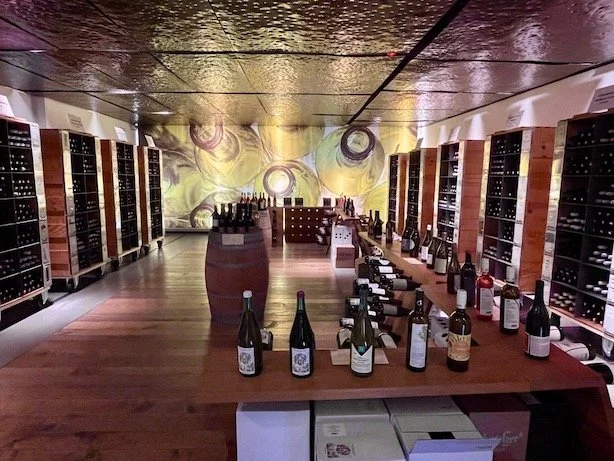
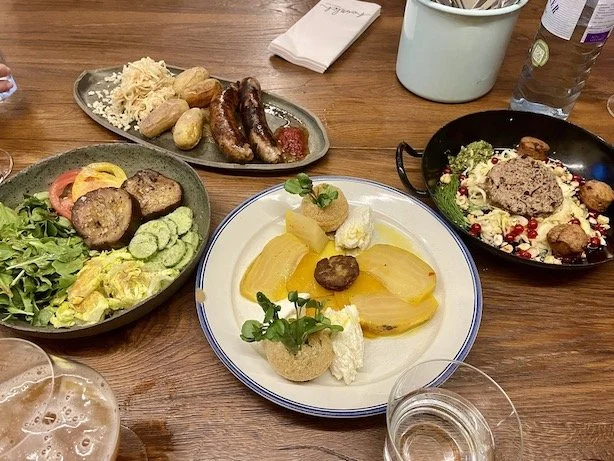
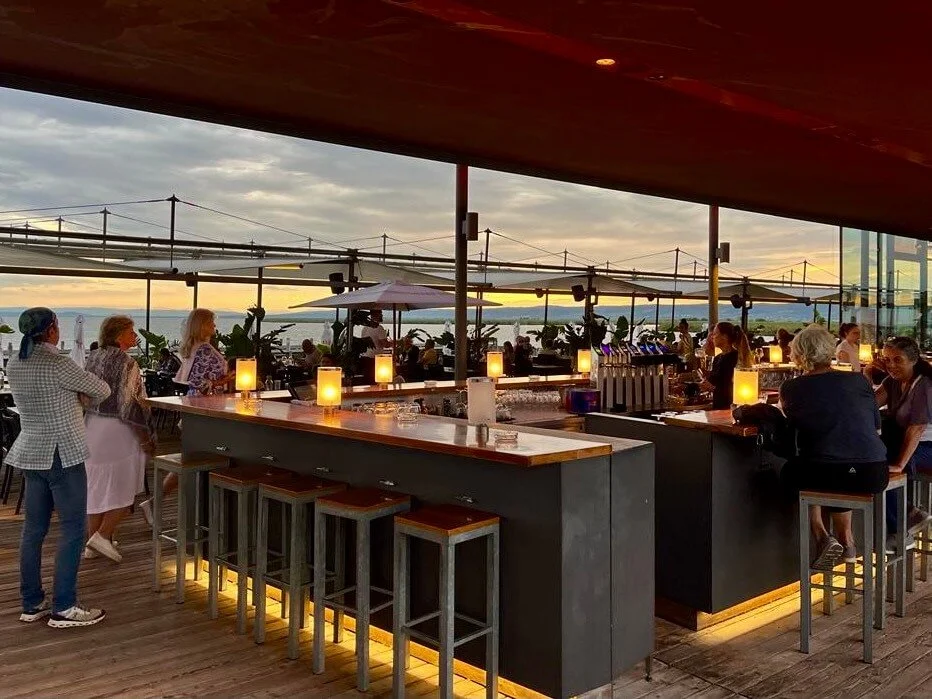
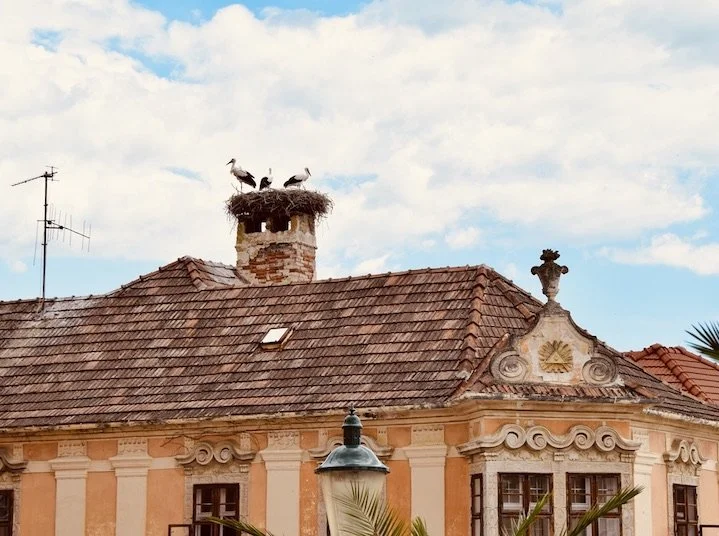
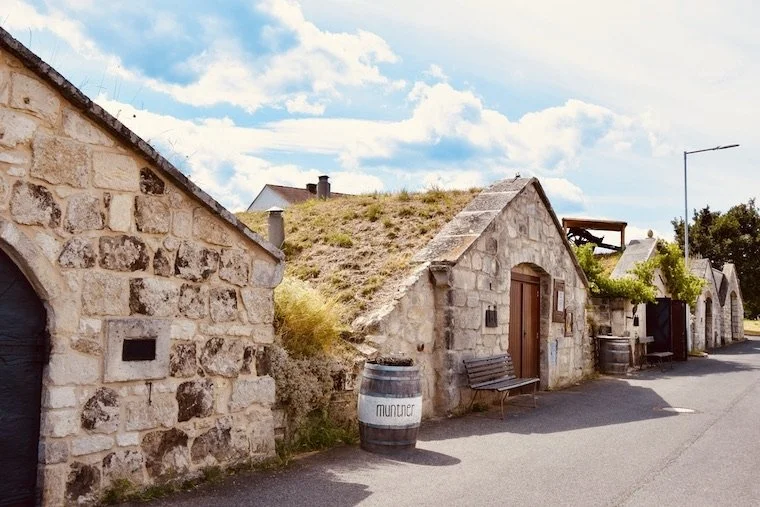
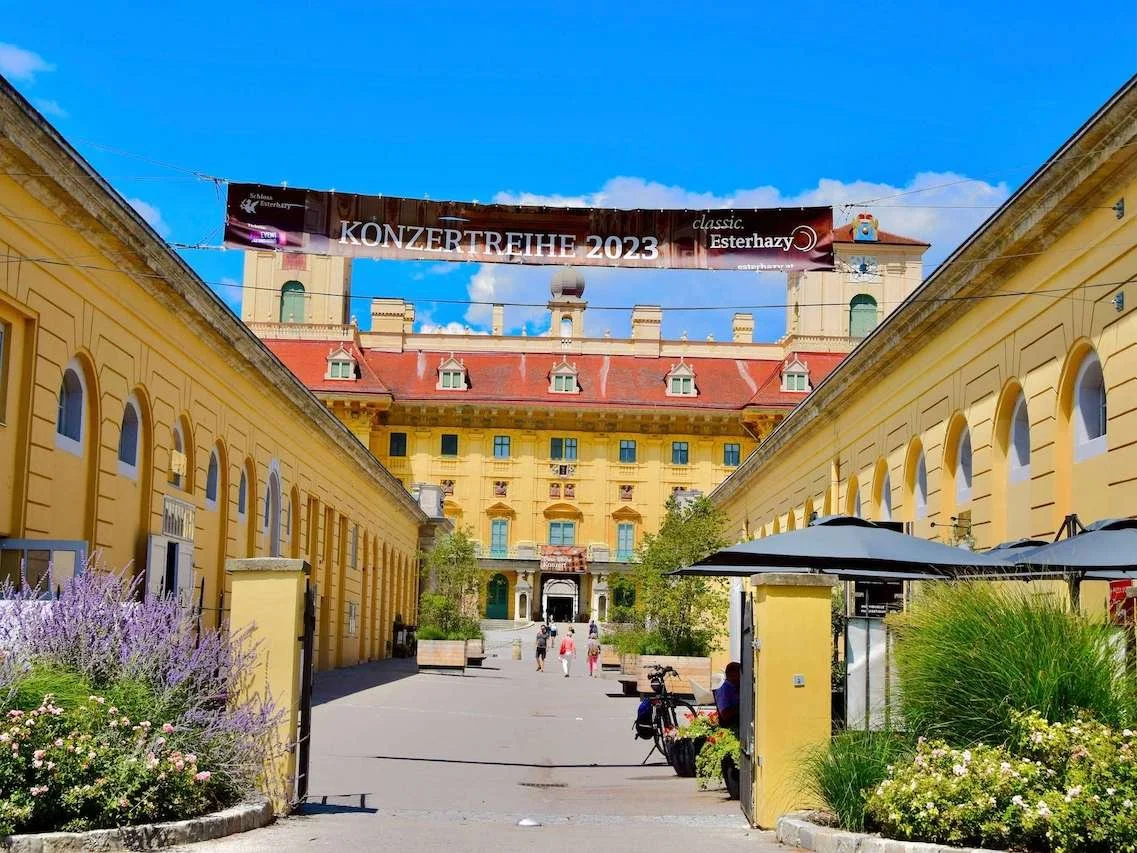
We visit Deutschkreutz in the heart of Austria’s Mittelburgenland region, where Austrian red wine takes centre stage, especially its native grape, Blaufränkisch. We visit 2 top wineries, Weingut K+K Kirnbauer and Weingut Gager…